
Today we had first lecture of Finnish. This course is only for 2 ECTS credits, but it serve for survive in Finnish. (Like it's name says - Survival Language Course for Exchange Students.) It shall learn basics of Finnish language needed in everyday life. The benefit of this course is that we have to only active participate in lectures. But we decided to write final exam for grades. As you can see in my timetable Finnish course will be every day in the morning (but finnish mornings are really like nights) for two weeks. We might choose with two variants: this intensive 2-weeks program or longer (and not so full-range) alternative. I chose the first one.
The rising was surprisingly quite easy, but this was only for the first time... Course was in Tervahovi and it takes 2 hours. Interestingly, lessons here starts 15 minutes later. Next time I will sleep longer :). Our lector - Anne Ahlqvist is accurate a very kind. She have experiences with teaching of exchange students, but Finnish language isn't easy. It deffers from Indo-European languages a lot. Finnish belongs to Finno-Ugric language family. Finnish is a synthetic and an agglutinative language. This means that words in Finnish have many parts inside them that make up meaning. In Finnish there are 15 cases. A case is an ending added to a word that helps describe its purpose in the sentence.
And this is some text written in Finnish:
Kaikki ihmiset syntyvät vapaina ja tasavertaisina arvoltaan ja oikeuksiltaan. Heille on annettu järki ja omatunto, ja heidän on toimittava toisiaan kohtaan veljeyden hengessä.
And it means:
All human beings are born free and equal in dignity and rights.They are endowed with reason and conscience and should act towards one another in a spirit of brotherhood.
It's a fragment from Declaration of Humans Rights. As you see, the text looks difficult. And I don't even mention that Finnish language have different spoken form.
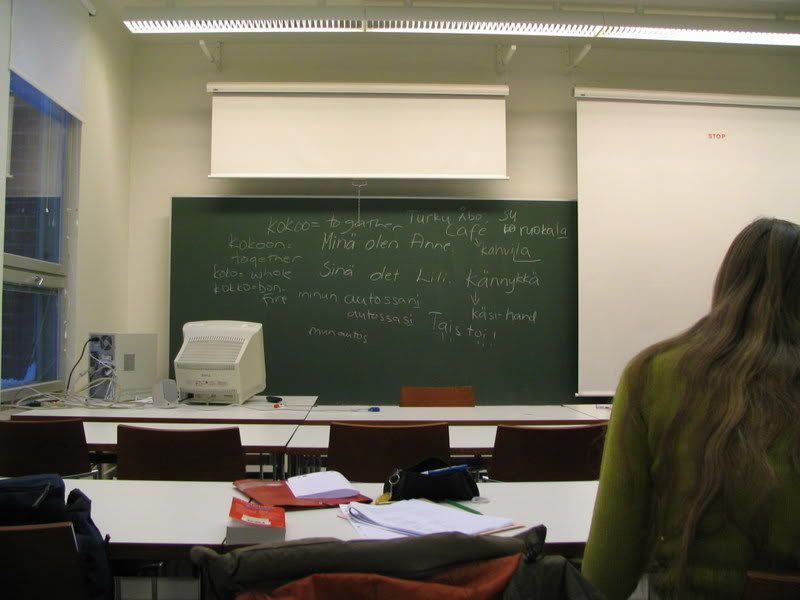
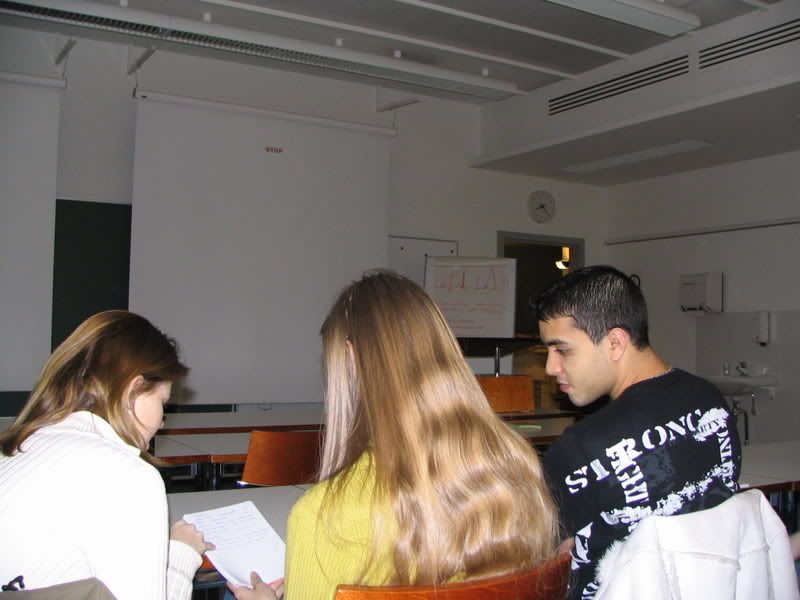






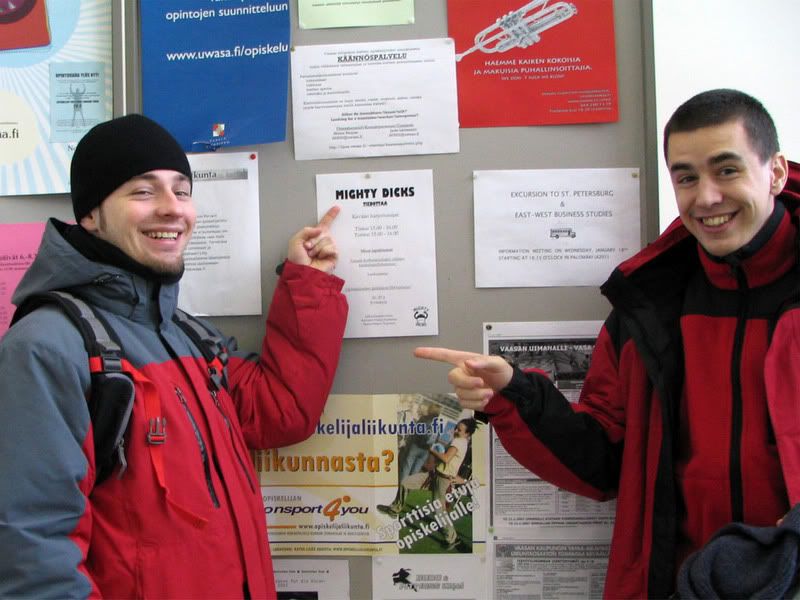
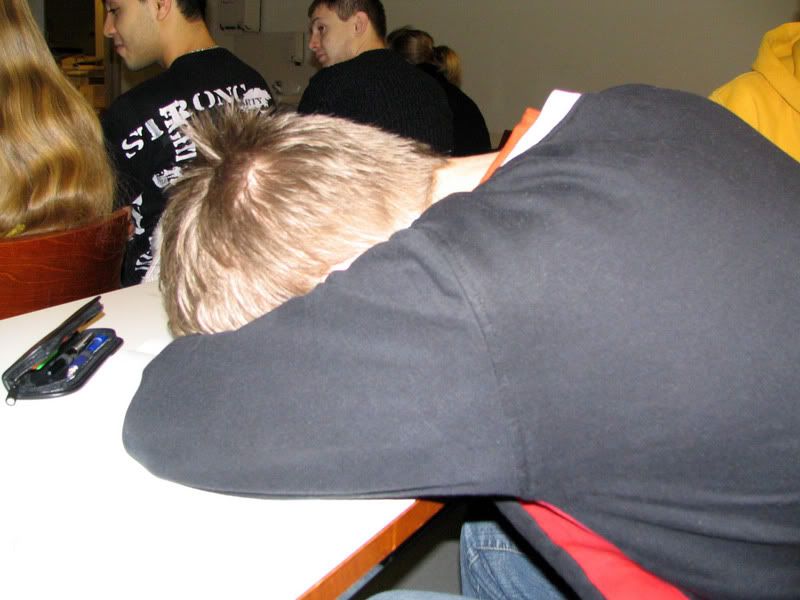







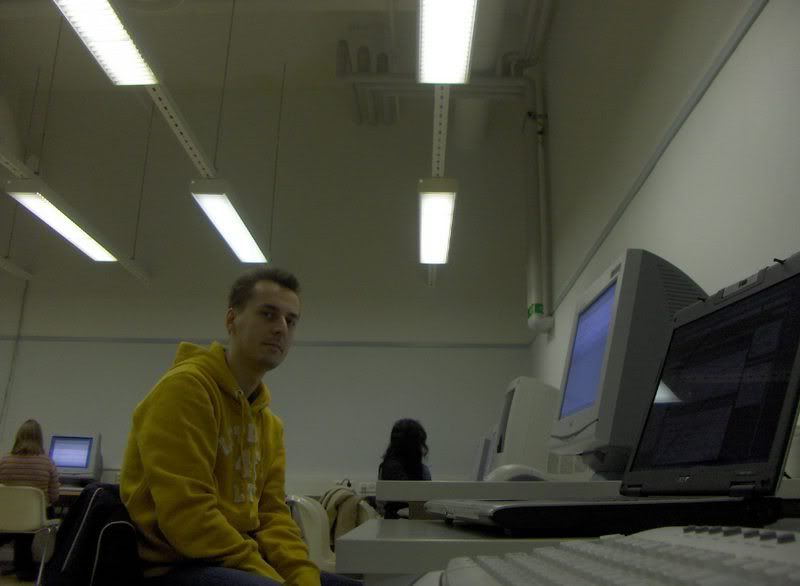
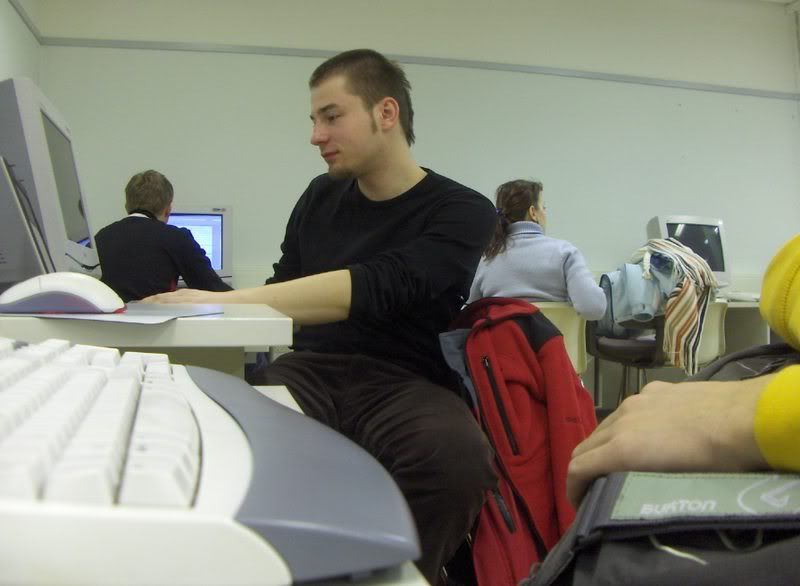
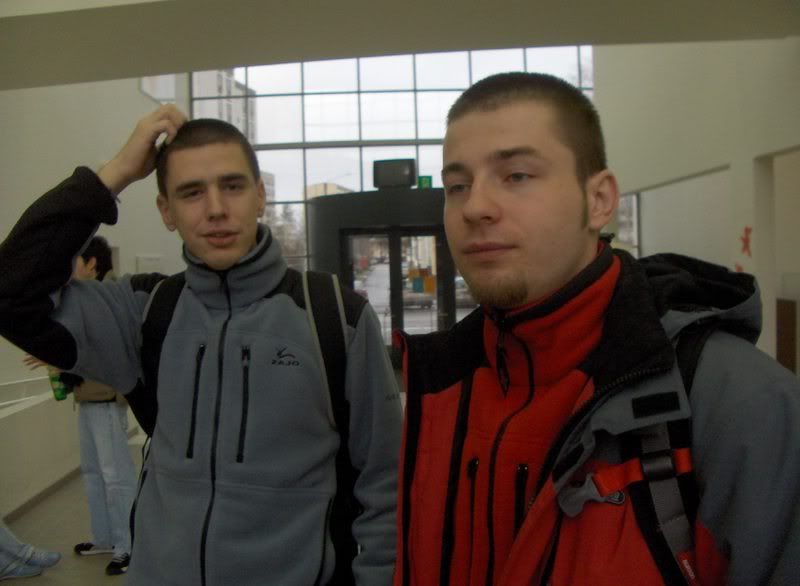
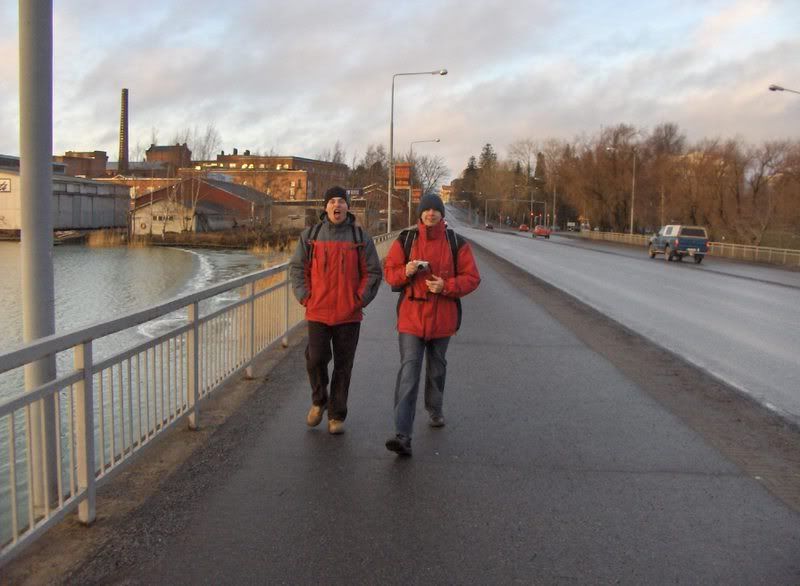

 First notices about
First notices about  During the bus excursion we visited some places near Vaasa in
During the bus excursion we visited some places near Vaasa in 
 The university was established in 1966 as School of Economics and Business Administration in Vaasa by Council of State. In 1977 the school became a state institution. Then in 1980 started education in Humanities and in 1983 studies in Social Science. Technology studies began in 1990 with cooperation with
The university was established in 1966 as School of Economics and Business Administration in Vaasa by Council of State. In 1977 the school became a state institution. Then in 1980 started education in Humanities and in 1983 studies in Social Science. Technology studies began in 1990 with cooperation with 